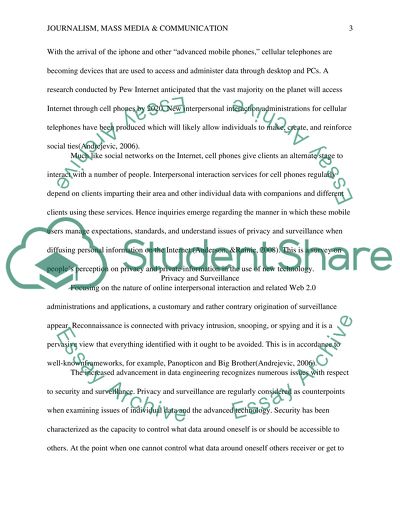Cite this document
(“Internet and Mobile Phones Essay Example | Topics and Well Written Essays - 1250 words”, n.d.)
Retrieved from https://studentshare.org/journalism-communication/1668159-internet-and-mobile-phones
Retrieved from https://studentshare.org/journalism-communication/1668159-internet-and-mobile-phones
(Internet and Mobile Phones Essay Example | Topics and Well Written Essays - 1250 Words)
https://studentshare.org/journalism-communication/1668159-internet-and-mobile-phones.
https://studentshare.org/journalism-communication/1668159-internet-and-mobile-phones.
“Internet and Mobile Phones Essay Example | Topics and Well Written Essays - 1250 Words”, n.d. https://studentshare.org/journalism-communication/1668159-internet-and-mobile-phones.


